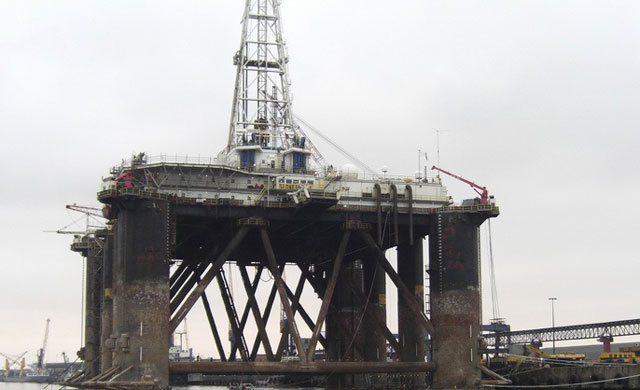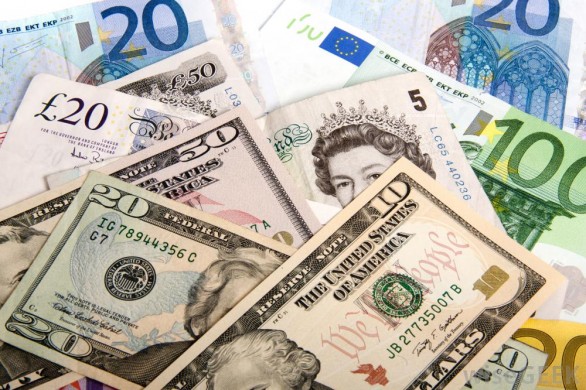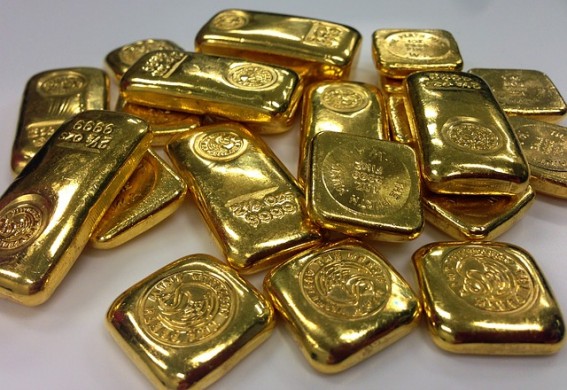Uncertainty around Trump policies, particularly with regards international trade amid fears of a protectionist approach, have led to a level of increased allocation to safe-haven asset classes, providing a further boost to gold prices. Last week saw sustained gains for gold and on Monday, following Trump’s inauguration in Washington D.C. on Friday, spot gold was trading at $1,217.26 oz., pre-market in London, up 0.64%. Intra-day prices had touched $1,219.43, a two-month high.

U.S. gold futures have done even better, up around 1% to $1217. Short term prospects look relatively positive for gold with various data points demonstrating growing allocation to the precious metal. The U.S. Commodity Futures Trading Commission reported on Friday that net long positions in COMEX gold contracts increased for the second consecutive week last week. Bank of America Merrill Lynch reported that capital inflow into precious metals funds hit its highest level in 5-months last week and holdings in the world’s biggest gold-backed ETF, the SPDR Gold Trust, increased by 0.2% between Thursday and Friday last week.
After gains on Thursday and Friday, oil prices have slipped this morning. During the Asian session Brent crude futures dipped by 7 cents, from Friday’s close, down to $55.42 a barrel while WTI lost 11 cents to $53.11. The opposing forces of OPEC supply cuts and rising U.S. shale production are still in play and keeping oil prices within a range that is not expected to change significantly within the next month or two. Until there is clearer evidence that OPEC supply cuts are either successfully reducing global inventories, or failing to do so, little change can be expected and oil prices will continue fluctuating within the range of the past month. It will likely be at least March before markets can come to any real conclusions in terms of supply levels over the first half of the year and push prices further up or down.


 Hot Features
Hot Features











